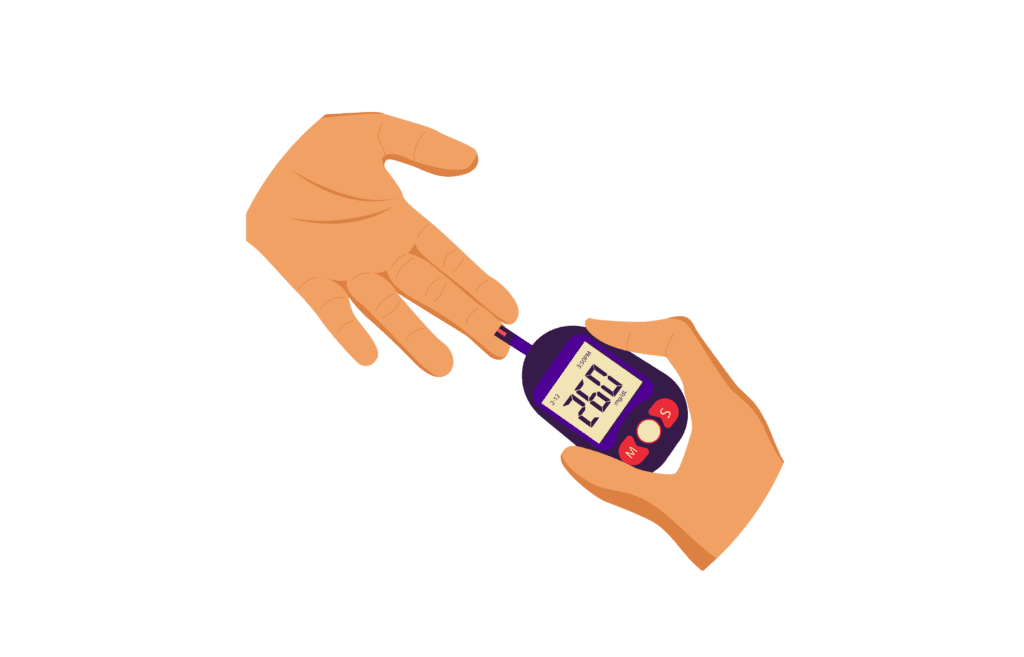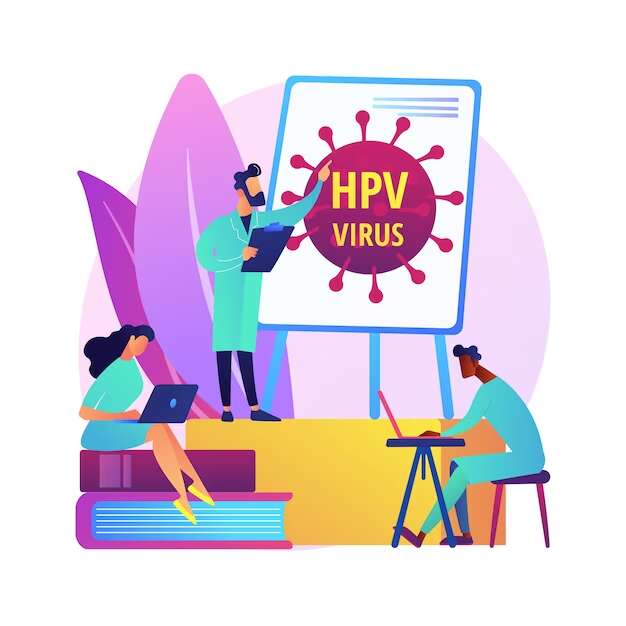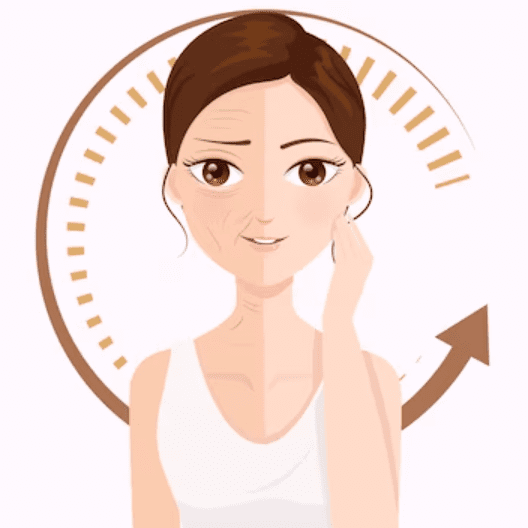UV Safety Awareness Month
Stay Safe in the Sun!
July is UV Safety Awareness Month, and with summer here, it’s the time to protect yourself and your loved ones from harmful UV rays.
Why UV Safety Matters?
UV radiation from the sun can cause skin damage and increase the risk of skin cancer. Skin cancer is the most common cancer in the U.S., with over 5 million cases annually.

Tips to Stay Safe:
- Wear Protective Clothing: Use hats, UV-blocking sunglasses, and long-sleeved shirts.
- Use Sunscreen: Apply SPF 30+ and reapply every two hours.
- Seek Shade: Stay out of direct sunlight, especially from 10 AM to 4 PM.
- Avoid Tanning Beds: They increase skin cancer risk.
- Regular Skin Exams: Check for new or unusual skin changes.
Protecting your skin is crucial, regardless of skin tone. To learn about how we do health care centered around you… visit us at Roots Health DPC.



















